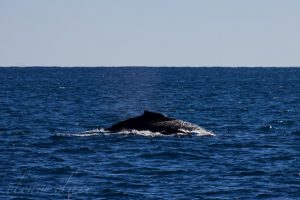Ryan Kluk
CIEE
Perth, Australia
Summer 2016
Blog 5: Cows (Mother Humpbacks) vs. a Hungry Pack of Killer Whales
Killer whales (orcas) are apex predators that work as a pack to attack their prey. The same is true for the killer whales that predate on humpback calves in the Ningaloo Reef. Humpback cows (mother) and calves (child) migrate from Antarctica up the western coast of Australia, past Ningaloo Reef to their final destination-the Timor Sea in northern Australia. During their migration, killer whales will follow and hunt the humpback calves to feed the entire pack.
John Totterdell (the guest lecturer on orcas) did a study on the killer whale predation of humpback calves. His study found that killer whales attack and succeed at capturing the humpback calf with great success. The humpback whales have very little protection to provide the calves from being eaten by the killer whales. The two main options are as follows: the mother humpback whale can hug the reef to protect her calf and keep the calf in shallow water or the mother humpback whale can have male “escorts” helping protect the calf from predation.
During his study, Totterdell could not conclude why the escorts would help the calves and the mother. Totterdell thinks that humpback whales might be more social than previously perceived but he is not sure how the behavior of being an escort is adaptive.
Orcas attacking humpback calves is part of nature, and humans are not overly concerned because both populations, killer whales and humpback whales, are stable. More study is being done on whether or not the killer whales attack silently or not.
